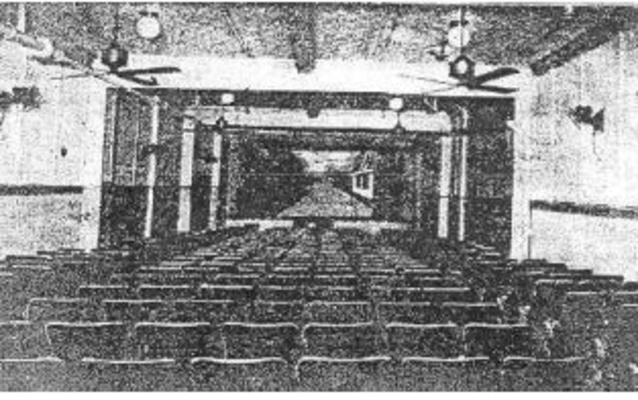Last updated: May 9, 2024
Place
Iroquois Theater

- Compiled by Karen Armagost
The Iroquois Theater is the second of four structures in the 400 block of South Rampart Street that are strongly connected to early jazz history and particularly to Louis Armstrong. John Edward Hasse, curator of American music at the Smithsonian Institution, has said that “there is no block with more structures significant to the history of jazz” than this one. The Iroquois Theater was built in the fall of 1911 and had vaudeville programs until 1920. As at many African-American vaudeville theaters, its white operator gave artistic control to black managers and players. While jazz was dance music, played in clubs, saloons, and socials halls, the Iroquois was one of the first places where it was played in a concert setting, both on the stage and in the pit orchestra during silent films. Many noteworthy musicians played there, including Armstrong, guitarist Lonnie Johnson and his pianist brother James “Steady Roll” Johnson, composer, pianist, and publisher Clarence Williams, and singer Edna Landry, the half-sister of Lizzie Miles. Armstrong won a talent contest here by dipping his face in flour and doing a “white face” routine.
The Iroquois is a two-story, two-bay brick building. Its upper floor is highlighted by decorative brickwork and the two bays are defined by pilasters. On the first floor, the pattern of a display window, three entrances, and a ticket window framed by rusticated pillars can still be seen. After reviewing oral histories at the Hogan Jazz Archive and theater columns in two national African-American weeklies, jazz historians Lynn Abbott and Jack Stewart said that there can be “no doubt that the Iroquois Theater was a foundry of early blues and jazz activity. From 1913 to the end of the decade, the Iroquois Theater was on the creative front line of distinctively AfricanAmerican entertainment in New Orleans.” It is listed on the National Register of Historic Places.
